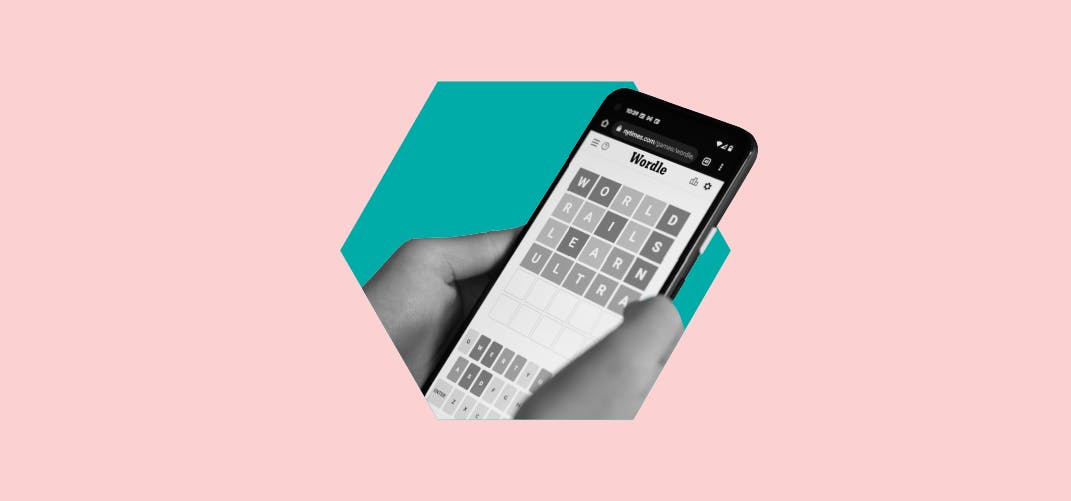
Why brands need to do more than pledge money to fight racism

In the wake of the events surrounding George Floyd’s death, how should businesses be addressing racism with technology changes? Google Photo’s road from racist algorithm to inclusive innovation is a lesson worth learning.
Following the murder of George Floyd in 2020 – as well as mass protests for racial justice, and the growth of the Black Lives Matter (BLM) movement – more than 261 global brands across tech, pharma, finance and beyond pledged an estimated US$67 billion to BLM, according to an investigation by Creative Investment Research.
As of August 2021, only US$652 million had materialised.
An additional investigation by the Washington Post found that more than 90 percent of pledges made by America’s 50 biggest public companies to invest money in fighting racism and injustice – totalling US$49.5 billion – were allocated as loans or investments that these companies could end up profiting from in the long run.
After an initial flurry of support – including the Blackout Tuesday social media campaign that many called out as performative allyship – have corporations learned anything about adequately addressing diversity, equity and inclusion?
What not to do, as told by one of the world’s biggest brands
Brands don’t always get it right, said Attica Alexis Jaques, global head of brand marketing and consumer apps for Google. Attica added that the global tech firm had invested US$100 million in racial equity prior to these events, and is “continuing to progress that further”.
However, there is a very famous example of Google getting it wrong. In 2015, Google Photo’s image-recognition algorithm automatically labelled an image of two Black people as “gorillas”.
 Attica Alexis Jaques, global head of brand marketing and consumer apps for Google. Image: Web Summit
Attica Alexis Jaques, global head of brand marketing and consumer apps for Google. Image: Web Summit
Google apologised and promised a fix, which initially involved simply removing any image tags relating to gorillas from the AI database.
Real Tone, an explicitly inclusive image recognition algorithm, has been years in the making.
“Not a lot of people know this, but most cameras are really focused on white skin tones. So when you shoot a Black skin tone in photography, it doesn’t show up as well,” explained the Google exec.
Taking steps towards less racist technology
Google partnered with Harvard sociologist Ellis Monk, whose research is at the intersection of race, ethnicity and technology, to create the Monk Skin Tone (MST) Scale – a 10-shade scale designed to be more inclusive of the spectrum of skin tones.
In May 2022, Google began rolling out Real Tone filters, allowing Google Photo users to apply the Monk scale as a photo filter. This feature was also the subject of the tech company’s Super Bowl ad.
“It was emotional for a lot of people with brown skin tones all over the world, I think,” said Attica.
“I remember being that little girl in a photo, and not being able to see myself. It is so important that we’re able to be seen and that we actually include everyone in that opportunity.
“At Google, we launched something we call All In, and it’s a toolkit of information; things that we’ve learned along the way of sometimes getting it wrong, sometimes getting it really right,” Attica said, referring to the inclusive marketing information hub the company has developed.
Ultimately, said Attica, tech companies have made mistakes and will continue to make mistakes, but it’s important to learn from this and change.
For more insight on how the world of tech is involving, sign up for updates from the Web Summit newsletter!
Main image of an African American woman posing for a photo: Samuel Borges Photography/Shutterstock


